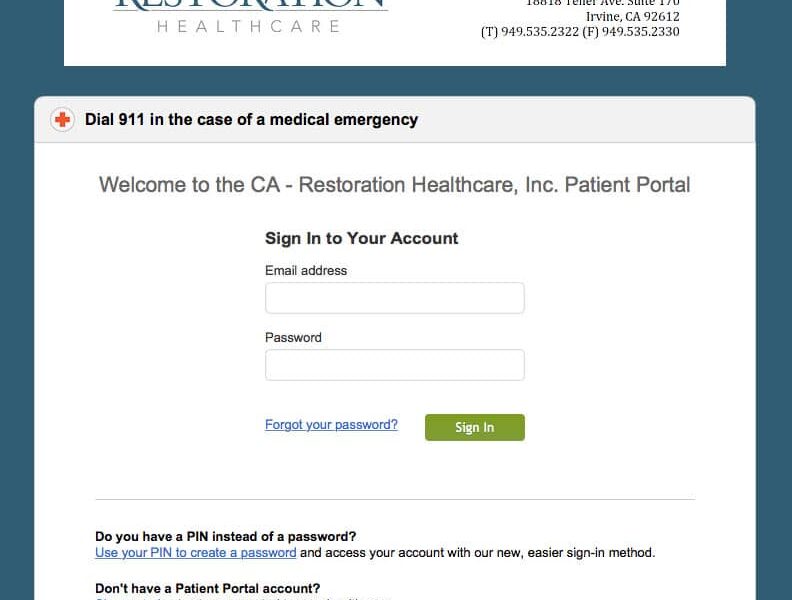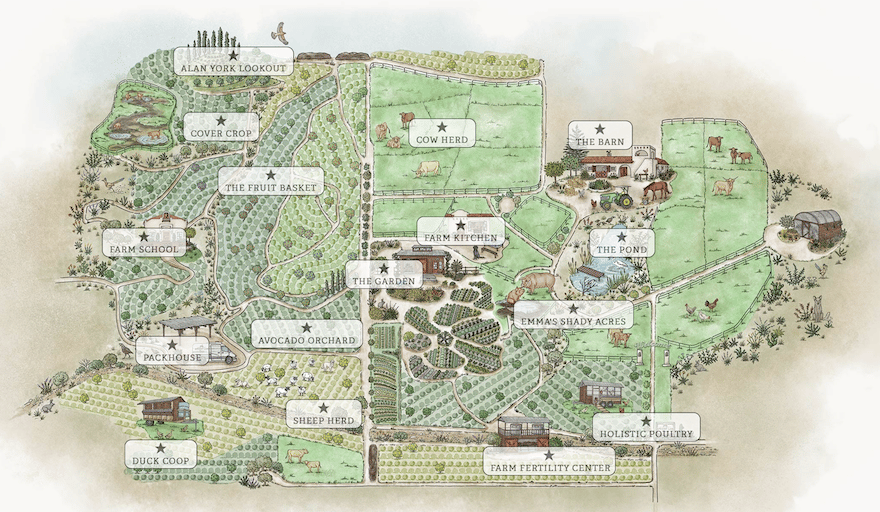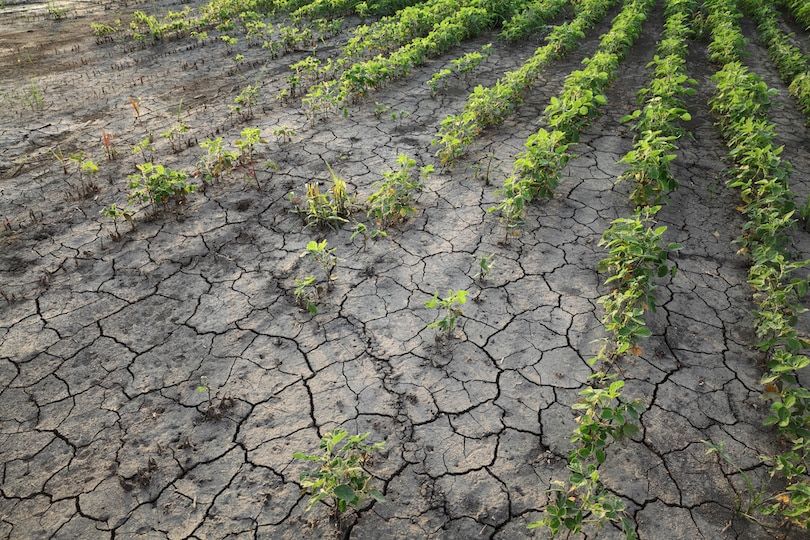Regenerative Agriculture Improves Our Health While Saving Our Planet

Functional medicine practitioners like those here at Restoration Healthcare often advise patients, “You can pay the farmer now or pay the pharmacy later.” That’s because the human body evolved over millions of years, primarily in an environment where safe, nutritious foods were plentiful, and the soil was rich in organic matter and biodiversity. Today however, industrial agriculture —also known as intensive farming — is killing us.
In an effort to maximize yields of both crop plants and animals, modern farming practices have depleted and poisoned the soil and reduced its ability to sequester carbon dioxide — one of the primary greenhouse gases contributing to global warming and climate change.
According to GRAIN.org, the current global food system “is responsible for around half of all human-produced greenhouse gas emissions,” after you factor in emissions from agricultural production; land use change and deforestation; processing, transportation, packing, and retail; waste; and non-food-related emissions. As if that isn’t bad enough, pesticides and other chemicals used in modern agriculture now make their way into our food supply, threatening our health. The most widely used pesticide, glyphosate, has been linked to cancer, liver and kidney damage, reproductive and developmental issues, and disruption of the gut microbiome, which alone can cause a wide range of serious and chronic illnesses.
And that’s not all. Due to poor agricultural practices, soil on most farmland isn’t as rich in nutrients as it once was. As a result, the foods we consume aren’t as nutritious as they once were. It gets worse. By some estimates, the depletion of nutrients and biodiversity in much of our existing farmland is becoming so bad that in 50 years we may not have enough arable soil to feed the world’s population.
Fortunately, we don’t need to dig very deep to find the solution — the solution is in the soil.
Regenerative Agriculture to the Rescue!
Regenerative agriculture is a term used to describe farming and grazing practices that restore soil by returning organic matter and biodiversity to the soil. It not only “does no harm” to the soil, but it enriches the soil, resulting in increased, sustainable harvests of safe, nutrient-rich foods, the reduction of farming’s carbon footprint, and a significant boost in the soil’s capacity to sequester carbon.
Sustainable, regenerative agriculture involves the following farming, ranching, fishing, and land-use practices:
- Aquaculture: The cultivation of marine or freshwater organisms under controlled conditions.
- Agroecology: The application of ecological practices to agriculture, such as soil and water conservation, minimizing pollution, and using natural fertilizers and pesticides.
- Agroforestry: Growing trees and shrubs around or among crops or pastureland to create more natural and diverse ecosystems.
- Biochar: Enhancing soil with charcoal produced by heating biomass in the absence of oxygen. Biochar is a stable, carbon-rich solid that sequesters carbon while benefitting the soil.
- Composting: Enhancing soil with decayed and decaying organic matter, such as manure and waste products from crops, which improves water retention and makes soil more nutrient rich and biodiverse.
- Holistic planned grazing: Alternating livestock and crop production, and sometimes forest and wildlife production.
- Pasture cropping: Integrating crops and livestock to revitalize the soil continuously.
- Perennial crops: Growing crops that regrow after harvest instead of needing to be replanted each year.
- Silvopasture: Integrating trees, forage, and the grazing of livestock in a mutually beneficial way.
Why should you care? Regenerative agriculture is a promising solution to many of the world’s current challenges:
- Slows, stops, and may even help reverse global warming.
- Increases yields.
- Makes soil more drought resistant.
- Produces safer, more nutritious foods.
- Restores grasslands.
Regenerative Agriculture and Your Health
Early farmers recognized the importance of replenishing the soil, and they practiced many of the current soil conservation techniques, such as terracing, crop rotation, and using natural fertilizers and pesticides. In fact, thanks to the work of anthropologists and archeologists, we continue to learn important lessons from our early ancestors about best practices in soil conservation.
Our bodies thrive with clean air and water; safe, nutritious food; physical and social activity; rewarding work; and play. A healthy body doesn’t need anything special to remain healthy. It certainly doesn’t need pharmaceuticals. Food grown organically, in rich soil without the use of synthetic pesticides, is safe and nutritious. It may cost a little more than food grown with the latest synthetic fertilizers and pesticides. And like we said, you can pay the farmer now or the pharmacist later.

Map showing Apricot Lane Farms in Moorpark, California — featured in the film “The Biggest Little Farm”
Fortunately, organic produce, meats, and dairy products, along with other items manufactured from organically grown foods, are becoming more readily available. Most grocery stores have a separate section for organic fruits and vegetables, a health foods section, and organic options for everything from dairy, eggs, nuts, and meats to crackers and corn chips. Some food brands, such as Danone and Maple Hills Creamery are built on a foundation of regenerative agriculture.
And what you can’t find at your grocery, you may be able to order online. For example, Doudlah Farms in Wisconsin sells a variety of organic beans, flours, honey, and sunflower seeds that they can ship directly to customers.
For your own health and the health of the planet, we encourage you to eat organic products grown on regenerative farms whenever you have a choice and join us in becoming soil advocates.
Learn More About Regenerative Agriculture
To find out more about regenerative agriculture, we encourage you to check out the following resources:
- RegenerationInternational.org features numerous resources for learning about the topic and getting involved in the movement toward sustainable, organic farmingfeatures numerous resources for learning about the topic and getting involved in the movement toward sustainable, organic farming.
- The Biggest Little Farm is a documentary of a California couple’s journey into the world of organic farming. If you’re an Amazon Prime member, you can watch the evolution of Apricot Lane Farms on Prime Video.
- Kiss the Ground is a full-length documentary narrated by Woody Harrelson that sheds light on regenerative farming. The website contains links to additional resources and avenues toward becoming a soil advocate.
- Toxic Legacy: How the Weedkiller Glyphosate Is Destroying Our Health and the Environment, by Stephanie Seneff, PhD, is scheduled to be published July 1, 2021.
Once you learn more, ask your Restoration Healthcare physician and care providers for their thoughts on regenerative agriculture. The successful implantation of your plan of care may be at stake!
————-
Disclaimer: The information in this blog post about regenerative agriculture is provided for general informational purposes only and may not reflect current medical thinking or practices. No information contained in this post should be construed as medical advice from the medical staff at Restoration Healthcare, Inc., nor is this post intended to be a substitute for medical counsel on any subject matter. No reader of this post should act or refrain from acting on the basis of any information included in, or accessible through, this post without seeking the appropriate medical advice on the particular facts and circumstances at issue from a licensed medical professional in the recipient’s state, country or other appropriate licensing jurisdiction.


